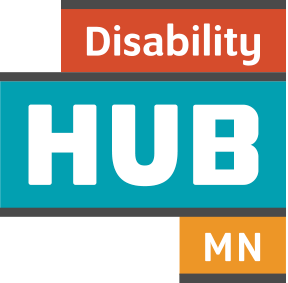Various supports can be used to help people succeed at work.
We all rely on supports to navigate the world and be successful at work. Considering which formal and informal supports can be beneficial is an important part of helping people be successful in thinking about, finding and maintaining employment. Explore common supports and potential funding sources below.
